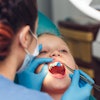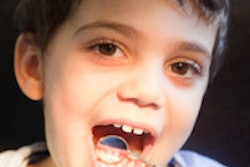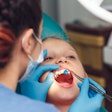A new study has confirmed that the rate of dental caries in preschool-aged children in the Navajo Nation is extremely high compared with other U.S. populations and that the rates of decayed, missing, and filled tooth surfaces have not appreciably changed for more than a decade.
The study, led by researchers from the Center of American Indian and Alaska Native Health at the Colorado School of Public Health at the University of Colorado Anschutz Medical Campus in Aurora, found that the mean number of decayed, missing, and filled tooth surfaces for the preschool-aged children was 21.33. This number is "not appreciably different" from the 1999 Indian Health Service survey of Navajo Nation preschool-aged children, the study authors noted (Journal of Public Health Dentistry, June 23, 2014).
While almost 70% of children in the current study had untreated decay, this compares favorably with almost 83% of children in the 1999 Indian Health Service survey who had untreated decay.
However, only 16% of children ages 2-4 years classified as white in the 1999-2004 National Health and Nutrition Examination Survey (NHANES) had untreated decay, suggesting much work is needed to bring decay rates down.
In the study, age had the strongest association with decayed, missing, and filled tooth surfaces, followed by gender, caregiver income, and education.



















